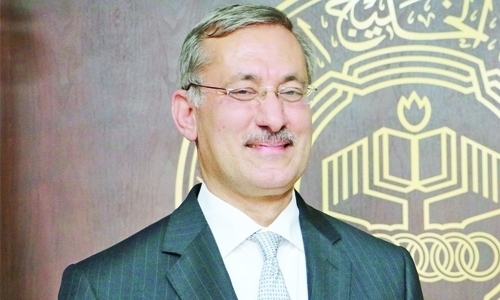Innovation Fast and Slow: The Statistical Mind
Some individuals may conceive the innovation journey as linear, fast, and an accidental, while others view it as a slow, structured and a well-engineered process. However, humans suffer from a set of biases that are likely to obstruct innovations at organizational and national level. In his book, Thinking Fast and Slow, Daniel Kahneman outlined a set of biases in thinking which included biases related to rules of thumb, statistical errors, and misconceptions. I argue that these problems in thinking are likely to obstruct innovation for individuals and organizations.
Human brain is a device for pattern recognition that employs two distinct systems for cognition; i.e., one system that is characterized as intuitive and fast while the other system is slow and applies scientific reasoning. The key message is to train human mind to avoid common mistakes and flaws due to the laziness in applying critical and statistical thinking. Most people are impatient and do not devote adequate attention to think through problems. Instead, peoples accept rules of thumb which are not scientifically-founded.
For example, explaining corrections or causality between education, income and innovation, as in the case of Beethoven, Bill Gates, and Steve Jobs may be explained in statistics as Outliers and regression towards the mean. In other words, the few billionaires who are college drop-outs do not explain the fact that education is a key factor for fostering progress and economic development. Some of the human biases include that we fail to calculate sums but base our judgments on average; we over-estimate the probability of unlikely events; we make decisions based on small sample size; we are likely to be affetecd by frequent news or events and social media; we overlook logic in favor of a possible story; we think that we understand the past and hence we suffer from hindisght illusion; we overlook statistical reasoing, uncertainty, and risks and favor our gut feelings; we make decisions based on optimal scenario and face the planning falacy; we work harder to avoid loss than to achive gain; and our memory overrides our experience and hence we remember only how the experience ends.
Explaining the root causes for developing an innovative organization like talabat.com or Ali-baba or an innovative nation like Finland or Singapore, requires a statistical mind that looks at the culture of innovation, the ecosystem, and how the innovation index was developed. Also, we need to re-think if all parameters like leadership and knowledge management processes to measure innovation are sufficient and relevant to GCC context. Another bias in thinking is human tendency to replace complex problems with easier problems and avoid the harder questions. For example, why are some start-ups, SMEs and nations are more innovative than others? Comparisons between organizations and nations in GCC requires a statistical mind that avoids biases in judgement and unwarranted optimism. In sum, it is crucial to develop an innovative education that can nurture a statistical mind that is capable to realize human capacity and is sceptical of experts’ opinions.
Related Posts

